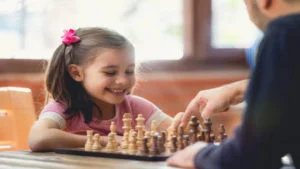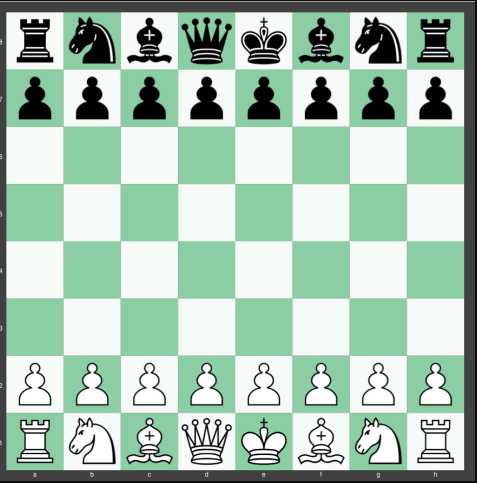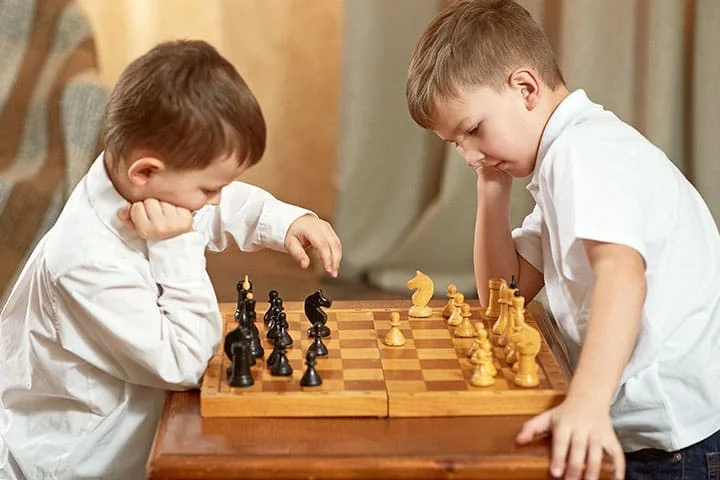By now you must be familiar with the moves of different pieces on the chessboard. Remembering to use the right pieces at the right time is crucial to a game of chess. Even if it is just a fun pastime for you, chess can improve your decision-making skills. Doing things the right way can lead to a lot of wonderful results!
So what do we mean by developing your pieces? It means you are bringing your pieces into positions where they can play their roles well. Learning the rules well is a good way to kick off your development game. Learn how pieces move around independently and with other pieces around as well.
Remember to go through the post which explains the control of the centre. It is very important to develop your pieces. So let’s start.
Start off with pawns
Pawns are crucial in controlling the centre. You shall start off by moving one of your pawns to open up the ranks. You can move any of your pawns and your game depends on how you open up other pieces. If you have a game plan then you know which one to move first. Having your pawns in playable positions can create a strong chain in the centre. This provides further protection to your other important pieces.
Pawn movement should be done carefully keeping in mind which other pieces you are leaving exposed. If you have played a few games then you know why they are important to your momentum. They can move only forward so you cannot go back.
If you move the pawns in front of the king and the queen, you can open up moves for the bishop. The d and e squares are the ones we are talking about. This also helps you start controlling the centre early.
Developing the knights and bishops
Once you have made the d and e moves mentioned in the first point, you can start developing some important pieces. Moving your knights early helps them move out of uncomfortable positions. Knights are strong when they are in the middle as they can move any side of the board. The more squares around the knights, the more freedom they tend to have.
Next, getting your bishops into good positions early helps you control the late game. They can move however far they want to so get them in the centre early. Anywhere near the centre is also good for their movement.
Castling
We have learnt about castling previously. It is a move where you move your rook to the king’s side(or the queen’s side). This protects your king. Please refer to the rules of castling in previous posts. Remember that this is the only time you can move two pieces in one move.
So what is the advantage of doing this early?
1 – You protect your king early. This way you can avoid breaking your head when your king is in a vulnerable position. This also means you can concentrate on other pieces.
2 – You can concentrate on attacking if your king is already safe.
3 – The rook once castled can make better moves.
Develop the rooks and the queen
Once you have castled, you can look forward to using the most powerful pieces on the chessboard. The rooks and the queen. The rook can move however far it wants to, but only forwards, backwards and sideways. The rooks work well when together and can support the queen. Combine this strategy by working the rooks together so that they are more flexible.
Always develop the queen last. The queen is the most valuable piece after the queen and losing it early can be costly. The queen is also the only piece with the freedom to move in any direction. Using that to your advantage means you have a stronghold over the game.
Some points to remember –
- Do not move any pieces more than once in the opening stage. Moving a piece twice can end your game prematurely.
- Concentrate your pieces in and around the centre. This way you can strategize well.
- Never bring out your queen too early. It can be a costy blow.
- Carefully plan your pawn movement. They open up the ranks meaning other pieces can be vulnerable.
- If you choose to go ahead developing some pawns, do not stop. It slows you down. Stick to your plan.

What you can do to develop your pieces effectively:
- Prioritize your least active pieces – You should look to maximise the effectiveness of a pawn when developing it. Your least active pieces are the ones that have been moved very few times or not at all.
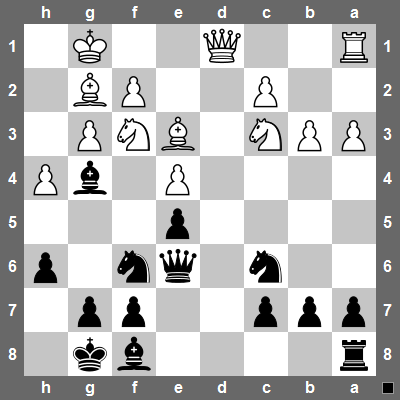
It is black’s turn now. Which piece is least active in the above image? Don’t you think it’s the rook on a8? Moving the rook to d8 means white’s queen is in danger.
2. Exchange less useful pieces for an opponent’s more useful piece – If an opponent has a well-developed piece in the centre, it is a good idea to exchange it with one of your least useful pieces.
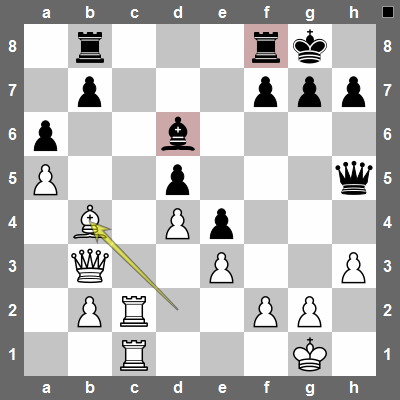
Here, white makes the shown bishop move because the black bishop will eliminate it. This also means black loses a well-developed position in the centre. Further, this opens up a move for the rook to c7 and eliminate a black pawn.
3. Restrict opponent development – Chase any pieces of your opponent looking to develop. Target any moves of your opponent when it seems like development.
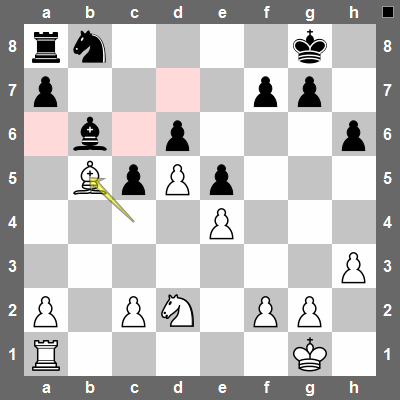
By moving the bishop as follows, white restricts black from developing the knight on b8.
4. Don’t make any moves that favour your opponent’s development – Making weak threats or exchanges that help your opponent.
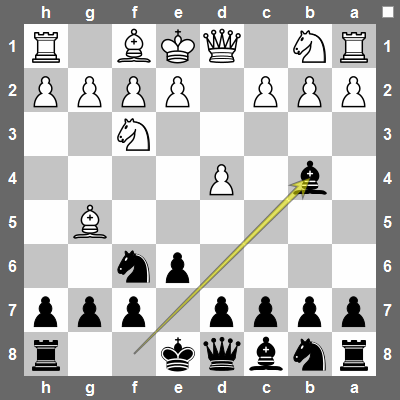
Making the above move puts white in check, but it can be blocked by a simple move. White will move his pawn to c3 also threatening to remove the bishop. This way one of his pieces develop.
Here is another example showing how pointless exchanges helps your opponent develop –
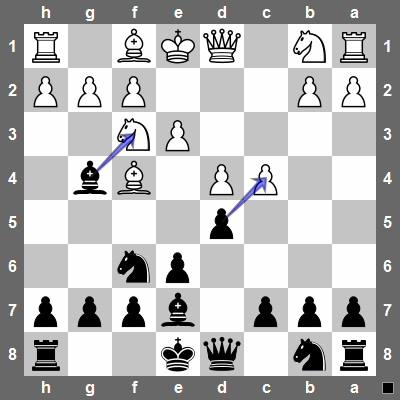
Making any of the two moves will help white develop pieces. So black should avoid such exchanges and concentrate on his own development instead.
Now that you know a few ways to develop pieces, go get started by playing!
Share with your friends


